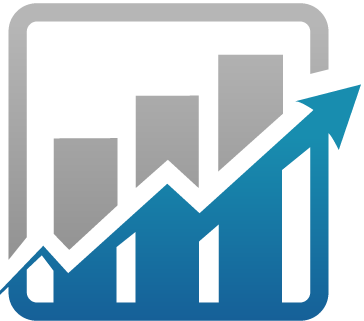Deciphering the various terminologies associated with data analytics
September 23, 2017
Data Analytics Terms
Over the years, data analytics and business intelligence have branched out to be prominent business practices. Ignorance in not bliss when it comes to deployment of data analytics and usage of business intelligence to streamline business. However, confusion surrounds various terms associated with Data analytics. The aim of this blog is to deconstruct those terms. Add clarity and understand them in the simplest possible way.
a.Data Science
Data science refers to using scientific methods to derive insights from data. It is the utilization of mathematics, statistics and programming to turn raw data into actionable insights. Data science involves creation of algorithms and codes to churn out valuable information out of raw unstructured data.
b.Big Data:
Big data refers to the huge amount of data that exists across various sources. Be it structured or unstructured.
With the evolution of technology and a revolution in the digital space, the amount of data available has multiplied rapidly. A staggering 2.5 quintillion bytes of data is estimated to be produced each day. We can say that big data has massive potential.
So how is big data relevant to businesses?
Analysis of this data reveals trends, patterns, insights which are hard to ignore. Identification and timely action can change the fortunes of a company; enable decisions based on extensive analysis; devise strategies based on past consumer behaviour; employing business practices that enhance productivity.
c.Artificial intelligence:
A rising technology, artificial intelligence refers to intelligence given to computers: enabling computers to perform human tasks without being explicitly programmed. Examples of this are self-driving cars, Apple’s Siri, Search engines, etc
d.Data driven insights
The sole purpose of data analytics is to ease the way a company conducts business. It is about deriving conclusions that increase the possibilities of impactful functioning. And data is at the core of it.
Data driven insights refers to the usage of analytics to harness the power of insights deduced from data. It is about implementing strategies and taking sound decisions based on insights as it is backed by thorough analysis.
Data driven insights provides a fresh perspective to doing business, helps understand weaknesses, encourages strong and healthy decision making and turns data into action.
e.Data Visualization
It means representation and explanation of data by visual means- graphs, pictures, charts and engaging diagrams. In short the insights from analysis are communicated by a visual medium. Visual imagery conveys and highlights what text based communication misses out. It is interactive and engaging.
How does it help decision makers?
- It helps them interpret without complexities to draw inference and take timely decisions
- They can compare data to understand business performance
- It reveals trends and patterns that can be benefitted from
- They can identify problem areas and set divisive plans to take necessary action
- It helps them forecast and predict sales and profit numbers
- It gives an insight into consumer behavior

Contact us
Coventry, UK
support@a-leap.com
support@a-leap.com
Copyright © 2025 www.a-leap.com. All rights reserved
